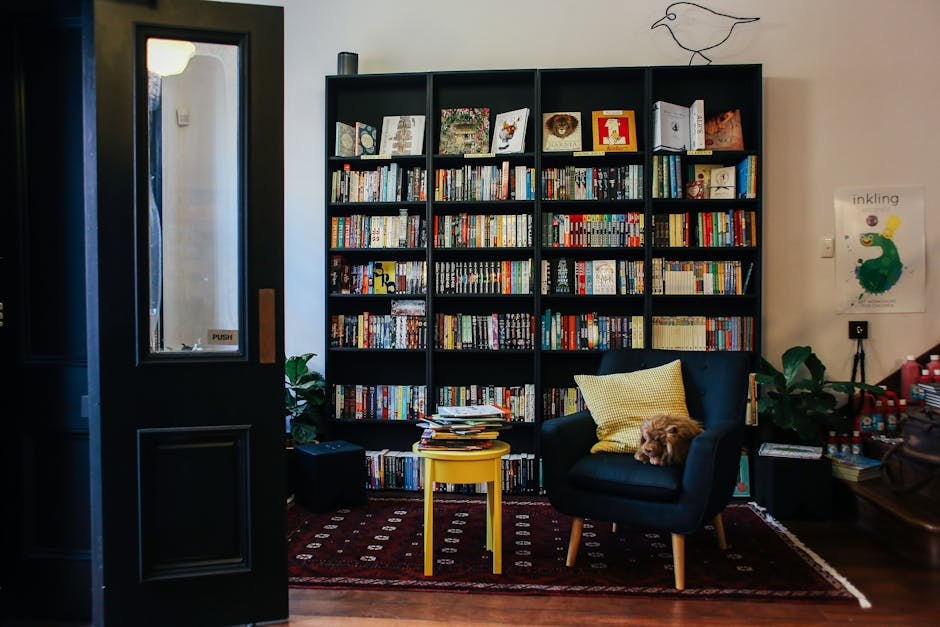Organizing space for creativity: how to create a comfortable art corner at home

Creating a comfortable art corner at home means setting up a dedicated, well-organized space where creativity flows easily. The key is to balance functionality with comfort, ensuring good lighting, enough storage, and minimal distractions. A good art corner helps you focus, keeps supplies handy, and inspires you to create more often. By following clear steps, anyone can design a personal art nook that fits their needs and space.
Why Is Having a Dedicated Art Corner Important?
Having a specific place for art projects encourages regular practice and creative thinking. It reduces the time spent searching for materials and prevents clutter in other areas of your home. Research shows that consistent environments linked to creative activities improve productivity and focus. A dedicated art corner also signals to your brain that it’s time to create, helping you get into a creative mindset faster.
How to Choose the Best Location for Your Art Corner
Select a spot with natural light if possible. Sunlight improves mood and color accuracy when painting or drawing. If natural light is limited, use bright, adjustable LED lamps with daylight bulbs (around 5000K). Avoid busy areas where noise or movement can distract you. A quiet corner in a spare room, near a window, or even a part of your living room can work well. Make sure the space allows you to spread out your materials comfortably.

What Furniture and Tools Are Essential for an Art Corner?
Your furniture should support both comfort and utility. A sturdy table or desk with enough surface area is a must. Choose an adjustable chair that supports good posture to avoid back pain during long sessions. Storage units like shelves, drawers, or carts help keep supplies organized. Some artists prefer easels for painting, while crafters might need a cutting mat or tool racks.
Essential Furniture and Tools Checklist:
- Worktable or desk (at least 3 feet wide)
- Comfortable chair with back support
- Adjustable lighting (table lamp or floor lamp)
- Storage solutions (drawers, shelves, boxes)
- Tool holders (brush jars, pencil cups, racks)
- Protective floor mat or drop cloth
- Easel (optional, depending on the art type)
How to Organize Art Supplies Effectively?
Organizing supplies by type and frequency of use saves time and keeps the area tidy. Group similar items together—paints with paints, pencils with pencils. Use clear containers or labeled boxes for easy access. Vertical storage, like pegboards or wall-mounted shelves, helps save desk space. Keep the most-used tools within arm’s reach, and store lesser-used items higher or inside cabinets.
How to Keep Your Art Corner Comfortable for Longer Sessions?
Comfort supports creativity by preventing fatigue and discomfort. Ensure good ventilation so the air doesn’t feel stale, especially when using paints, glue, or markers. Consider adding a soft cushion to your chair or a small rug underfoot. Maintain a clutter-free space to reduce stress. Keep a water bottle or healthy snacks nearby to stay hydrated and energized.

How Can Lighting Impact Creativity and How to Optimize It?
Proper lighting is one of the most critical parts of an art corner. Daylight bulbs (5000 to 6500 Kelvin) mimic natural light and provide accurate color viewing. Avoid harsh overhead lights that cast shadows; instead, use adjustable lamps to direct light where needed. If possible, position your desk near a window, but avoid glare on your workspace. Multiple light sources reduce eye strain.
What Are Some Common Mistakes to Avoid When Setting Up Your Art Corner?
Common pitfalls include choosing a cramped or poorly lit space, neglecting storage, and overlooking comfort. Don’t cram too many supplies into a small area—this leads to clutter and frustration. Avoid sitting in front of a blank wall or noisy rooms, which can kill creativity. Finally, don’t ignore ergonomics; an uncomfortable chair or desk height causes fatigue and can limit your creative time.
Final Tips for Maintaining a Creative Art Corner
Keep your space clean and organized by setting aside 5-10 minutes after each session to put materials away. Rotate supplies periodically to bring fresh inspiration. Personalize your corner with art you love or motivational quotes. Make your art corner a place you enjoy returning to daily.

- Regularly declutter and tidy
- Experiment with layouts until you find what works
- Adjust lighting and furniture as needed
- Keep essentials within reach
- Incorporate elements that inspire you
By following these steps, organizing your space for creativity becomes straightforward. You create a comfortable, efficient art corner that fuels your passion and makes art-making a joyful experience.
